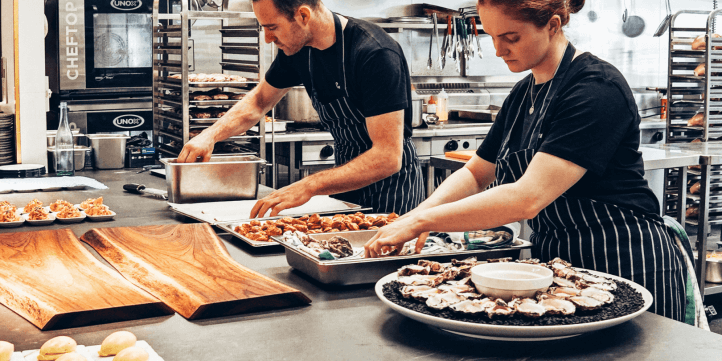Is Space Food The Next Frontier For Food Manufacturers?

With the world held firmly in the grip of the Covid-19 pandemic, the manufacture and distribution of food to feed populations across the globe is seeing an unprecedented increase in demand.
Stockpiling and shortages of certain foodstuffs that we’ve all taken for granted in the past are now hard to come by as manufacturers struggle to keep up, and UK experts have warned that the supply of fresh fruit and vegetables is under threat. This is due to the fact that the labour force needed to harvest, process and pack crops is no longer available due to the state of lockdown.
With this in mind, scientists and food technologists are turning their attention to innovations made in the space sector, where vital nutrients and proteins are created from microbes that harvest energy from CO2.
This technology was pioneered back in the 1960s and was designed to produce plentiful amounts of protein fit for human consumption with a zero-carbon footprint thanks to the use of waste CO2 and water.
Known as hydrogenotrophs, these microbes use waste CO2 in much the same way that plants use sunlight for the photosynthesis process, but as the public consciousness of the damage that intensive farming methods cause for our natural environment wasn’t as widely known fifty years ago, little was done with the discovery.
The science of food production
With poverty and food shortages thrust into the forefront of our minds, scientists are looking to revive these findings and provide a new way of feeding the world without harming our natural environment. This could change the way that the food manufacturing industry operates within our lifetimes.
Many companies are already producing ‘meat’ from air particles and are aiming to kick the impact of climate change into reverse by becoming completely carbon negative. With traditional farming methods a key contributor to greenhouse gases and soil erosion, finding a new solution to feed a growing global population has become imperative.
With hydrogenotrophs requiring only one-tenth of the land space of crop farming or one-hundredth of that needed for livestock farming, the ultimate aim is to restore much of the land presently used for agriculture into forests. These could then act as vital carbon sinks to absorb toxins from the air.
Although it could be some time before we see ‘space food’ reaching the shelves of our supermarkets, manufacturers should keep an eye on the pulse of future food sources as we could be using labs rather than fields to feed the world sooner rather than later.





